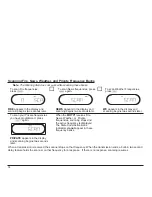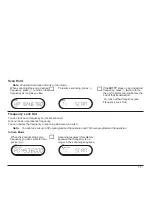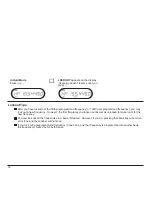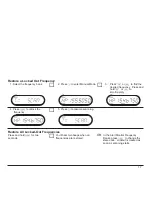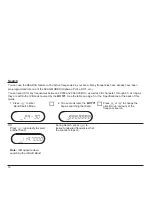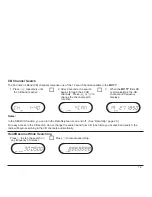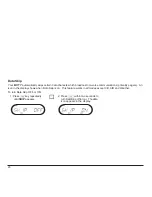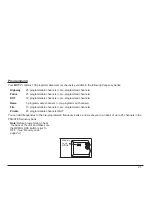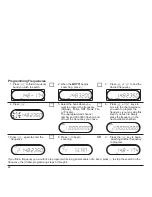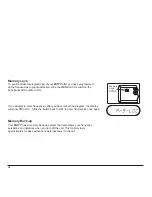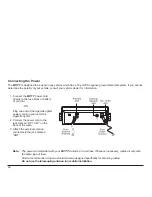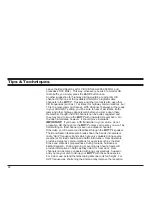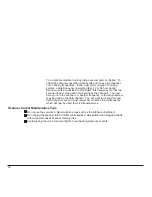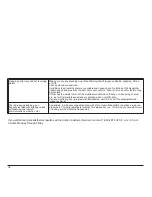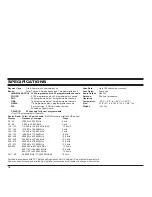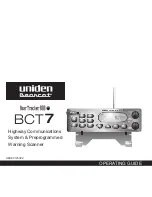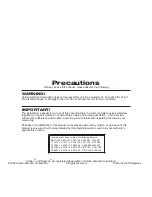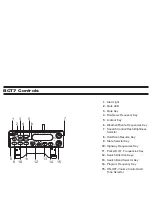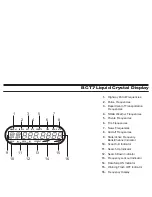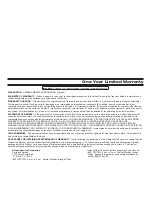
Tips & Techniques
Leave the Band Search set for CB (CB follows 806-956 MHz and
precedes 29-30 MHz). This way, whenever you wish to monitor CB
radio traffic, you simply press the BAND button once.
Another suggestion for highway driving would be to program CB
channel 19 into one of the available HIGHWAY programmable
channels in the
BCT7
. Truckers and other motorists also use other
CB frequencies (such as 11 at times) for highway communications, but
19 is the most common channel. With Channel 19 always at the ready
in your HIGHWAY setting, you’ll be sure to hear of accidents, traffic
jams and other highway dangers well before you come upon them.
Remember, though, that CB channels can be quite congested and
they may tend to tie-up the
BCT7
with unwanted conversation. On
the open interstates, however, it should prove invaluable.
IMPORTANT!
If you have a CB transmitter in your vehicle, do not
program a CB channel into the
BCT7
unless you’re sure you won’t be
transmitting on that channel (or even an adjacent channel).
Otherwise, you’ll receive loud feedback through the
BCT7
‘s speaker.
The Band Search feature also breaks down the bands into amateur
radio “Ham” frequency bands which are very valuable during severe
weather or for road condition and traffic information. Ham operators
provide emergency communications for agencies such as the Red
Cross and state civil preparedness, during tornado, hurricane or
blizzard season. During morning or evening rush hours, hams will
provide information on traffic as they ride to or from work. Ham
channels can become congested with long conversations, however,
and you may not wish to tie-up your
BCT7
with these frequencies.
For indoor use, extend the telescoping antenna to its full height. For
UHF frequencies, shortening the antenna may improve the reception.
28

